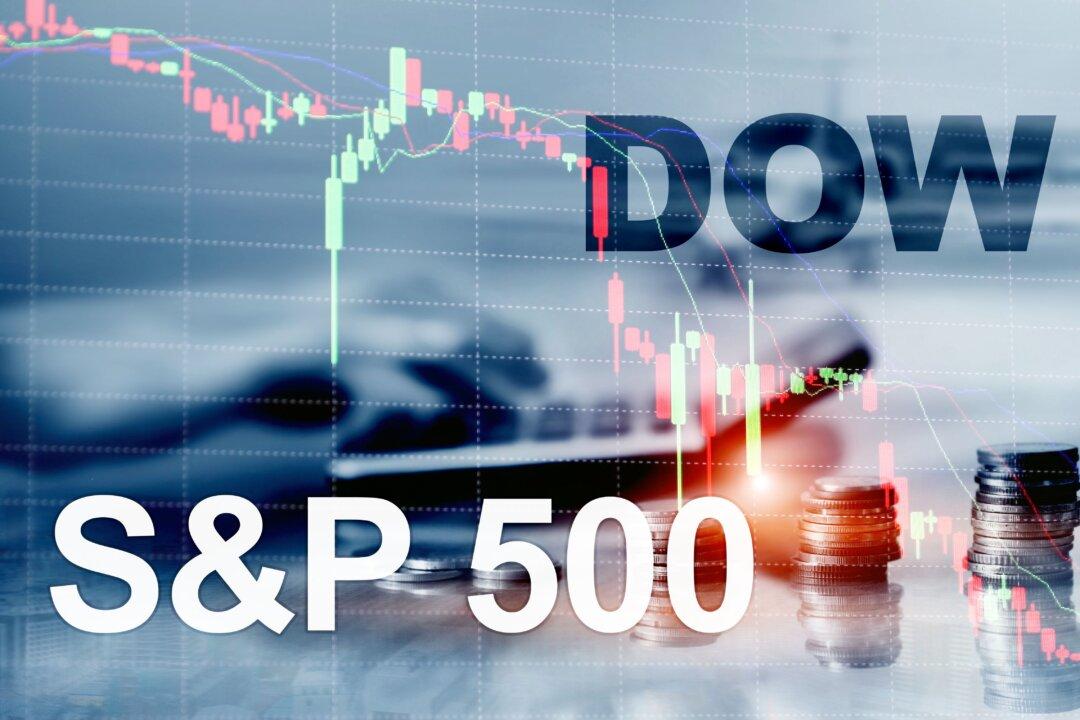NEW YORK—Wall Street’s frenzy around artificial intelligence helped push stocks to their best level in more than 15 months on Tuesday, along with stronger-than-expected profit reports from several big financial companies.
The S&P 500 rose 32.19, or 0.7 percent, to 4,554.98 and its highest finish since early April 2022. The Dow Jones Industrial Average rallied 366.58, or 1.1 percent, to 34,951.93, and the Nasdaq composite climbed 108.69, or 0.8 percent, to 14,353.64.





